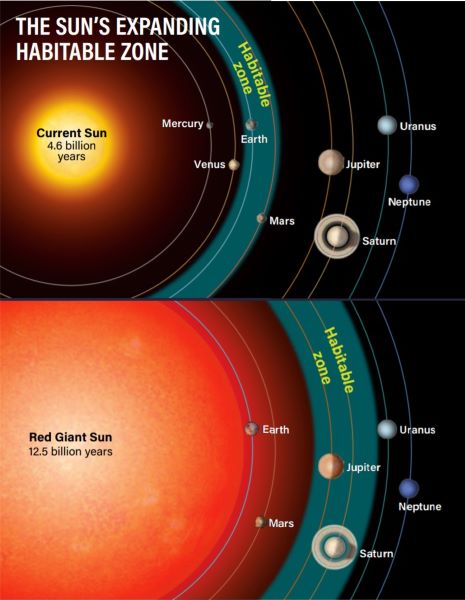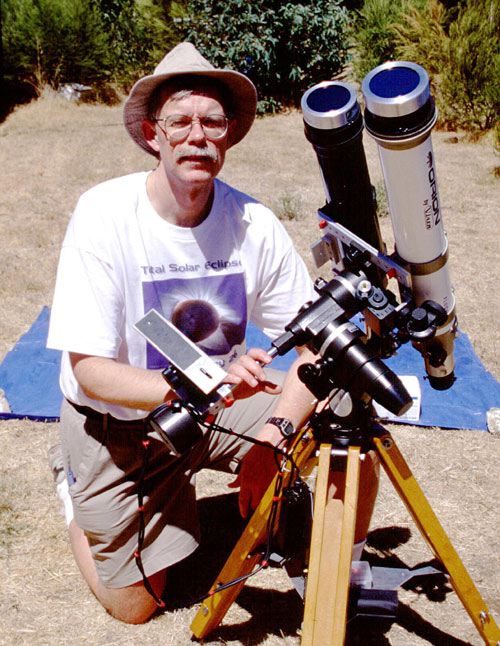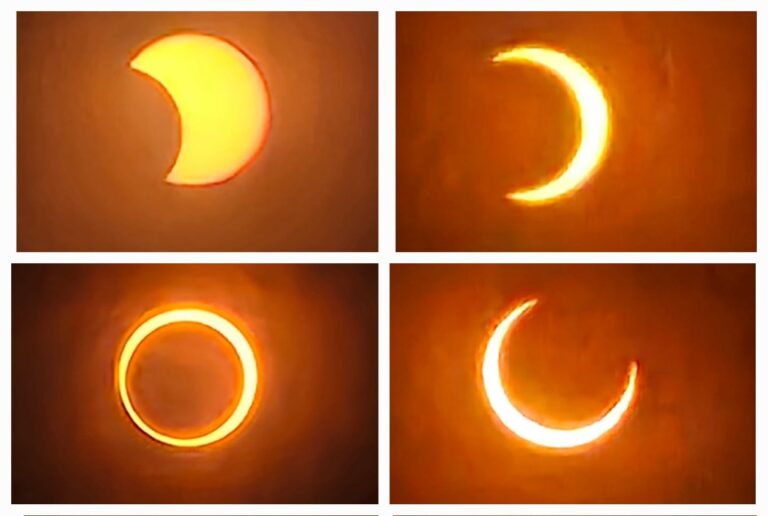Key Takeaways:
- In 5 billion years, our Sun will become a red giant.
- The Sun's expansion will engulf Mercury, Venus, and likely Earth.
- Gas giants like Jupiter and Saturn may lose atmospheric mass.
- Outer solar system bodies like Titan and Pluto could become habitable.
Q: How far will the Sun expand during its transition to a red giant? How many planets will be engulfed, and what — if any — effects will the expansion have on the giant planets’ atmospheres?
A: Roughly 5 billion years from now, the Sun will exhaust the hydrogen fuel in its core and start burning helium, forcing its transition into a red giant star. During this shift, its atmosphere will expand out to somewhere around 1 astronomical unit — the current average Earth-Sun distance. This means the Sun will gradually engulf Mercury, Venus, and likely Earth. Any surviving earthlings will have long since fled the brightening Sun — or, as some scientists recently suggested, moved the planet itself to a more sanguine orbit.
The atmospheres of gas giant planets like Jupiter and Saturn will gradually erode under the increased radiation from the Sun. However, astronomers have found a number of gas giant exoplanets orbiting close to their red giant stars. These so-called hot Jupiters have managed to hold onto their atmospheres. Some of them even have enormous, puffy atmospheres that appear to have been pumped up by their star’s intense radiation. So, our own Jupiter’s fate is far from certain.
The inner realm’s doomsday will bring a brief new dawn to the outer solar system. Saturn’s moon Titan, the only known satellite with a significant atmosphere, should keep its dense shroud. It could enjoy several hundred million years of potentially habitable conditions with liquid oceans of water-ammonia, simulations show. The environment may even resemble early Earth. Eventually, Pluto and its cousins in the Kuiper Belt — plus Neptune’s moon Triton — could be the most valuable real estate in the solar system. When the Sun turns into a red giant, the temperatures there will be equivalent to those in tropical locales on Earth today, such as Miami Beach, according to Southwest Research Institute astronomer S. Alan Stern.










